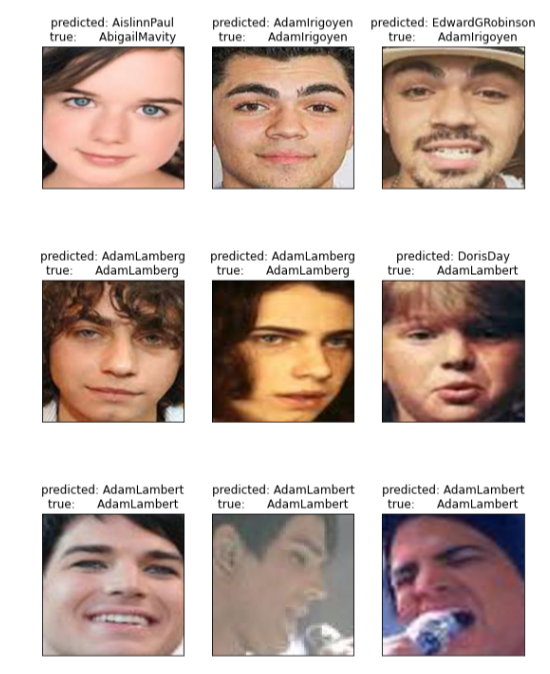Hauptinhalt
Topinformationen
The HV-LFW dataset
Face recognition, is one of the oldest problems in computer vision, with many different solutions being proposed over the years. One of the key advantages of face recognition is that it is a fairly simple but universal task, which can be applied in many different scenarios. Measuring the quality of face recognizers adequately and quantifying improvements is crucial for further developing face recognizers. A popular dataset for evaluation is the LFW (Labeled Faces in the Wild) dataset. While this dataset is widely accepted in the community as a benchmark, it could be argued that the dataset is also saturated with recent models achieving over 99% accuracy. This can be considered problematic for improvements up to this point have to be very small increments, making the effects of changes in the recognizers hard to quantify. We introduced a novel dataset ”High Variance LabeledFaces in the Wild” (HV-LFW) with a structure similar to LFW to serve as a drop-in-replacement for LFW. The data is selected to be more difficult, featuring additional challenges that can occur in recognition scenarios. These involve such challenges as strong age differences, ranging from early childhood to very high ages, strong use of costumes and makeup, as well as a strong variety of source media. The dataset features photographs as well as frames from films and movies. The images were recorded under heterogeneous conditions between 1870 and 2019, featuring a wide range of scenarios, camera technology and image quality.
Baseline accuracies using Keras-vggface developed for testing the face identification across the age progression on a subset of the HV-LFW dataset. We used Keras (version 2.4.3) and the GPU version of TensorFlow (2.2.0) to perform transfer learning on the HV-LFW dataset. This model was trained on a large dataset containing 2.6M images of 2,622 identities. Identification results on images of HV-LFW age progression subset can be seen in following:


